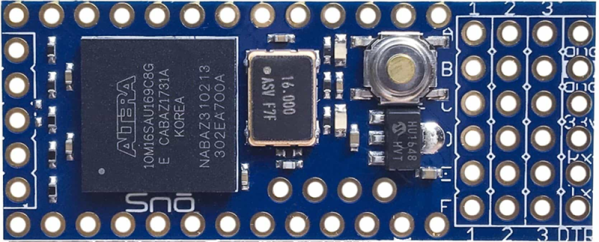Where would the world be today without Pong, perhaps a lot less fun? For people like [Linker3000] the game is an inspiration toward teaching the next generation of hackers to build and play their own version using Micro:bits as controllers!
Aiming for doing all manner of diligence, [Linker3000] says the code can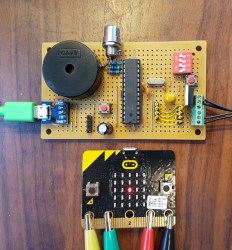 simply be uploaded to an Arduino — foregoing throwing together a circuit of your own — if you want to jump right into things. For the workshop environment, this setup uses composite video outputs — but this shouldn’t be an issue as most TVs still retain these inputs.
simply be uploaded to an Arduino — foregoing throwing together a circuit of your own — if you want to jump right into things. For the workshop environment, this setup uses composite video outputs — but this shouldn’t be an issue as most TVs still retain these inputs.
Once built — or sketch uploaded — the Micro:bit paddles can be connected to the ATmega328p and played like an old-school controller, but [Linker3000] has enabled Bluetooth control of the paddles’ A and B buttons via the Bitty app. Additionally — if wires really aren’t your thing and Bluetooth is too new-school for such an old game — a second Micro:bit can control the wired paddle using their built-in radio, provided they’re configured accordingly.
On top of Pong, there are also squash and soccer game modes! Check out the demo after the break.



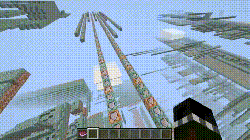


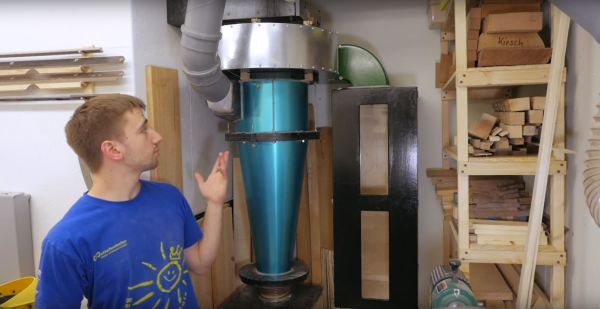

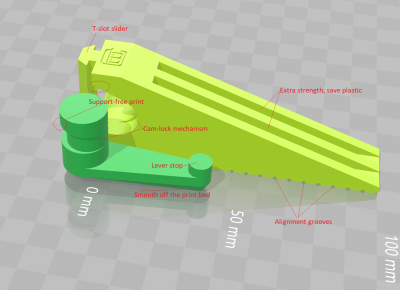 The typical hacker can never say no to more tools. And when it comes to clamps, one just can’t have enough of them. From holding small PCB’s to clamping together large sheets of plywood, you need a variety of sizes and quantities. So it would be pretty neat if we could just 3D print them whenever needed. [Mgx3d] has done that by designing
The typical hacker can never say no to more tools. And when it comes to clamps, one just can’t have enough of them. From holding small PCB’s to clamping together large sheets of plywood, you need a variety of sizes and quantities. So it would be pretty neat if we could just 3D print them whenever needed. [Mgx3d] has done that by designing 
